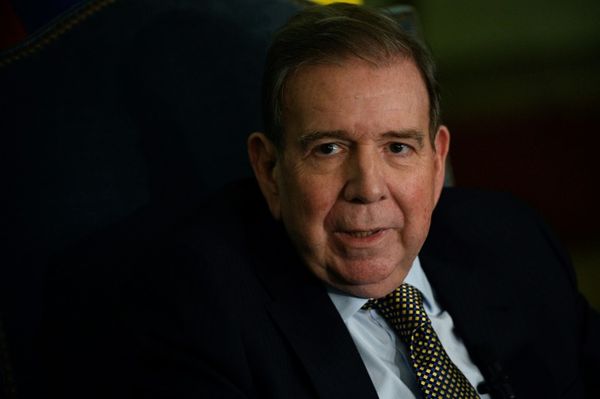Overall consumer price gains cooled last month, though underlying measures continued to show sticky inflation pressure, according to government data released on Wednesday.
Why it matters: The consumer price index rose 0.1% in March, a much slower pace than the 0.4% gain in the prior month. But the inflation gauge that strips out volatile food and energy costs continued to rise at a quick pace.
By the numbers: In the year through March, the CPI rose 5% — a sharp drop from the 6% in February that comes as a result of a more favorable comparison to last year when energy prices were soaring.
- The core measure, which excludes food and fuel costs, rose 0.4% last month, a slightly slower pace than the 0.5% the prior month.
- In the 12 months through March, this measure rose 5.6% compared to the 5.5% in February — the first increase since September.
Details: Prices continued to rise for categories including shelter and apparel, though at a slower pace than the prior month.
- There was also some relief for consumers as prices fell outright for other items, including used cars and trucks and groceries.
The backdrop: The Federal Reserve has been raising interest rates rapidly for the past year in an effort to slow inflation.
- There appeared to be signs that price gains were beginning to cool at the end of 2022. However, data this year has been hotter than expected, forcing officials to consider whether rates need to go even higher.
- The Fed is closely watching price pressures in the services sector, which is more likely to pass along higher labor costs to consumers closely — a dynamic that would allow inflation to become more deeply embedded in the economy.
Editor's note: This story was updated with additional context.







